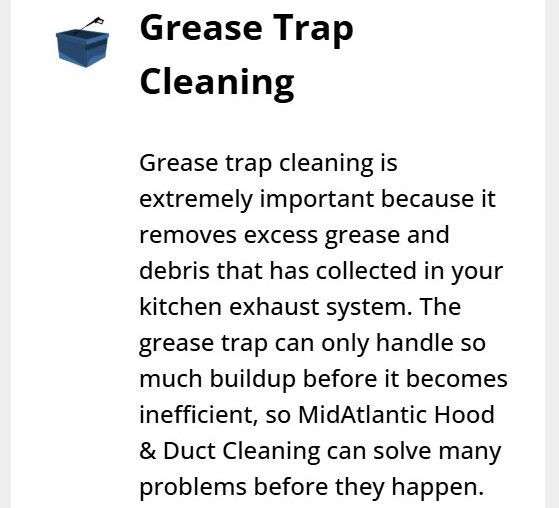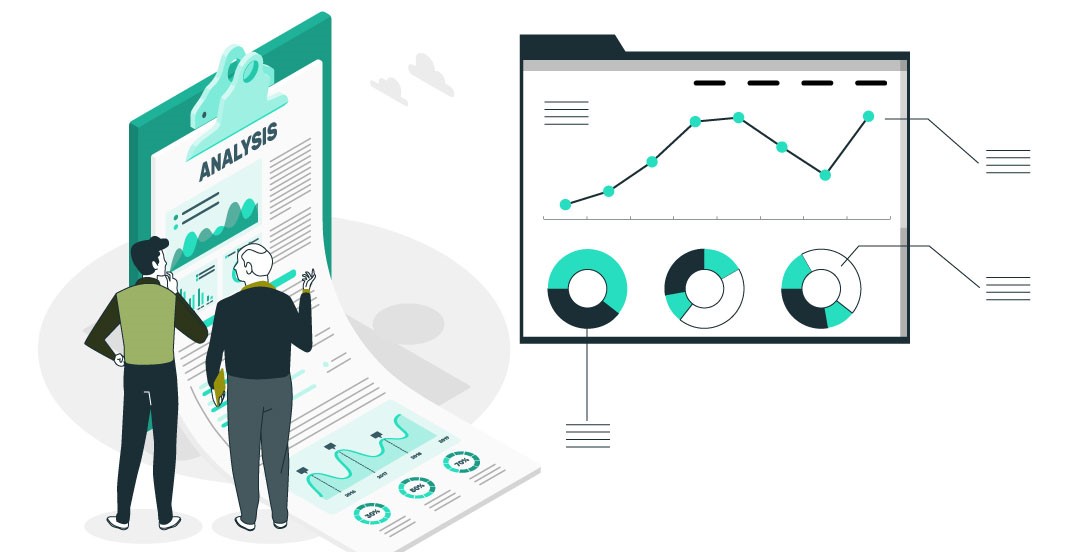Are slow drains or foul odors starting to disrupt your kitchen operations?
If so, it might not be your plumbing. It could be your grease trap. Grease traps are essential to commercial kitchen systems, and when neglected, they create serious issues. Commercial grease trap cleaning isn’t just routine maintenance. It’s crucial for safety, efficiency, and compliance.
From restaurants and schools to hospitals and hotels, every kitchen that cooks with oil or grease needs to monitor its trap systems. If you’re unsure when to schedule service, these five warning signs will help.
Why Regular Grease Trap Cleaning Matters
A commercial kitchen produces high volumes of grease, oil, and food waste. When these enter the drainage system, the grease trap is your first line of defense. It collects fats, oils, and grease (FOG) before they reach the sewer.
Without proper and timely cleaning, grease traps become clogged. That clog leads to slow drains, foul smells, health hazards, and even shutdowns. Regular commercial grease trap cleaning ensures your kitchen operates safely and efficiently.
1. Foul Odors Around the Kitchen
What You’re Smelling Could Be Grease Build-Up
One of the first red flags is an unpleasant odor coming from sinks or floor drains. These smells aren’t just irritating. They’re a sign that the trap is full and decomposing waste has started to back up.
Trapped grease begins to rot over time. Bacteria break down the FOG, releasing sulfur-like smells into your kitchen. If staff or customers are noticing it, it’s already overdue for cleaning.
2. Slow Drainage in Sinks and Floor Drains
Grease Build-Up Restricts Water Flow
If your kitchen staff reports slow-draining sinks, check the grease trap. A blocked trap can’t let water through efficiently. It may appear to be a plumbing issue, but the real cause is often a trap packed with grease and solids.
This slow drainage causes workflow disruptions. It also increases pressure on pipes, which can lead to breakages or backflows. Don’t wait for water to start backing up before you act.
3. Grease Is Visible in Unusual Places
FOG Should Stay in the Trap—Not in Your Plumbing
If you start seeing greasy residue on surfaces, drains, or even the parking lot outside your building, the trap might be overflowing. When a trap is full, grease bypasses the separation system and enters your drainage and sewer lines.
This leads to public health violations and environmental concerns. In many cases, city inspectors may issue warnings or fines. Cleaning the trap regularly prevents these costly problems.
4. It’s Been Over 90 Days Since Your Last Cleaning
Neglecting Routine Cleaning Can Lead to Shutdowns
Most commercial kitchens need cleaning every one to three months. The exact timing depends on the size of the trap and kitchen output. If your last cleaning was more than 90 days ago, you’re likely overdue.
A full trap affects more than just drainage. It’s a major fire hazard and a violation of NFPA 96 standards. Ignoring it puts your staff, property, and customers at risk.
Many cities also require service logs to prove cleaning frequency. Regular maintenance helps you stay compliant and avoid fines.
5. You’re Failing Health or Safety Inspections
Grease Trap Violations Are a Common Issue
Health inspectors often check grease traps during routine visits. A dirty trap can lead to failed inspections, warnings, or even temporary shutdowns. That not only damages your reputation—it affects your bottom line.
A single violation could require expensive emergency service and re-inspection. Staying ahead of these issues with routine commercial grease trap cleaning prevents these consequences.
How Often Should You Clean a Grease Trap?
The answer depends on the volume of grease your kitchen produces. However, most commercial kitchens should schedule service every 30 to 90 days.
Larger restaurants with heavy usage may need monthly cleaning. Smaller school or office cafeterias may need service quarterly. If you’re unsure, consult with a cleaning professional who can assess your kitchen’s specific needs.
The Risks of Waiting Too Long
Letting grease build up too long doesn’t just cause minor problems. It can lead to:
- Sewer overflows
- Unpleasant odors throughout the building
- Fines from health and fire inspectors
- Permanent damage to plumbing
- Temporary or permanent shutdowns
Many facilities don’t realize how easily these issues can be prevented. With timely commercial grease trap cleaning, your kitchen runs cleaner, safer, and more efficiently.
What Professionals Use to Clean Grease Traps
Professional cleaning goes far beyond just scraping the top layer. Trained teams use vacuums, scrapers, and pressure washers to remove all solids and FOG.
They also inspect baffles, walls, and inlets for damage or blockages. After cleaning, they dispose of waste properly in accordance with local environmental laws.
This process ensures that your grease trap is not just cleaned but fully reset for continued safe operation.
Who Should You Trust for the Job?
Cleaning a grease trap isn’t just about pouring out waste. It requires knowledge, training, and the right equipment. Professional companies like Mid-Atlantic Hood understand the standards for commercial kitchen safety.
They also know how to handle waste disposal in compliance with regulations. Hiring a reliable team gives you peace of mind and reduces the risk of recurring problems.
Final Thoughts: Stay Ahead Before It Costs You
Grease trap problems don’t usually happen overnight. They build up over time and start small—with a smell, a slow drain, or a bit of residue.
Ignoring those signs leads to bigger problems, including health violations and costly plumbing repairs. Routine commercial grease trap cleaning is a simple solution that protects your kitchen, staff, and business.
If you’re seeing any of the five signs above, don’t wait. Get your trap inspected and cleaned before the problems stack up.




